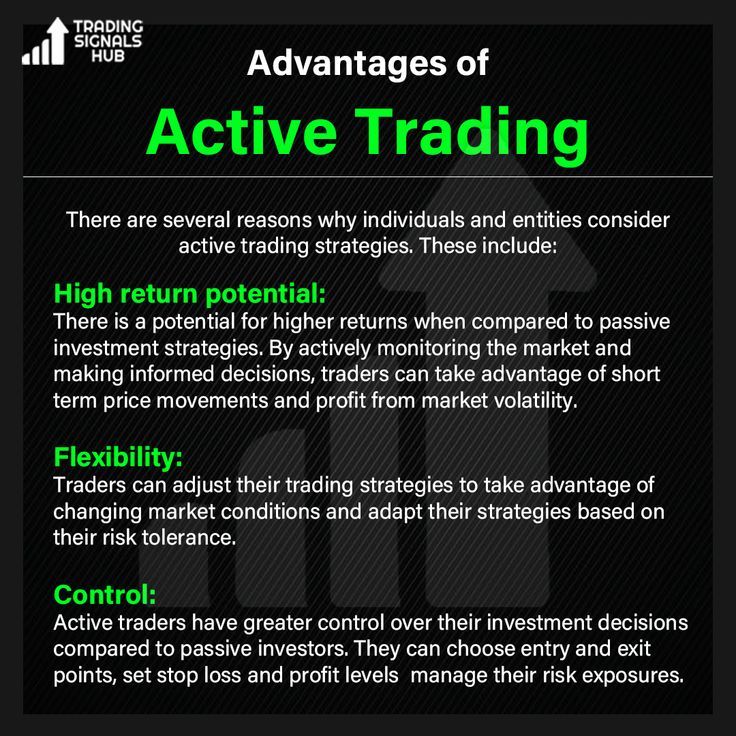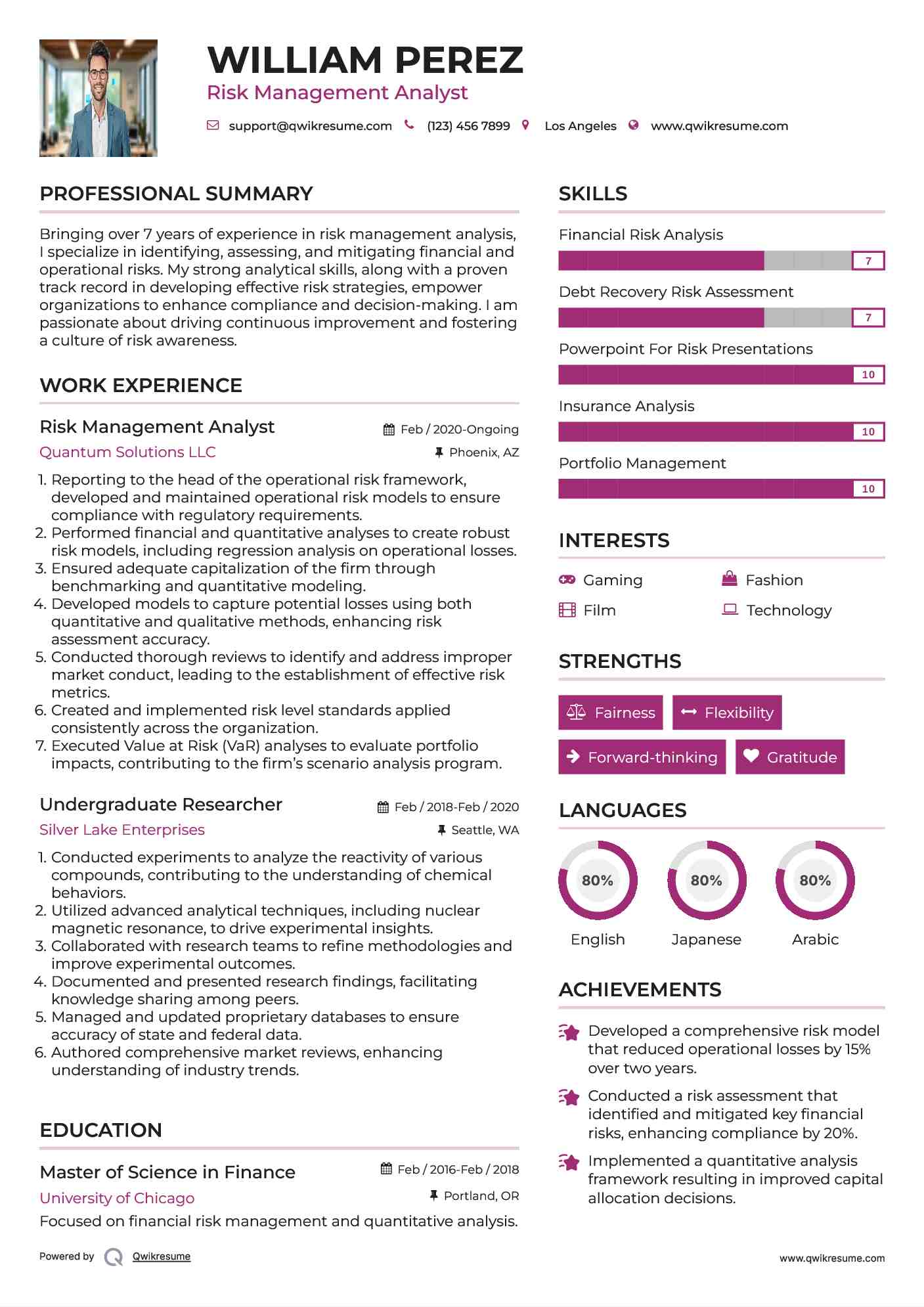Did you know that the only thing riskier than day trading without a strategy is trying to juggle flaming torches while riding a unicycle? In the fast-paced world of day trading, effective risk management is your safety net. This article dives into the essentials of implementing robust risk management in day trading algorithms. Discover the key components of a risk management strategy, how to identify and measure risks, and the importance of setting appropriate risk tolerance levels. Learn about essential tools, the role of backtesting, and how diversification can safeguard your investments. We’ll also highlight common pitfalls to avoid and offer techniques to enhance your trading performance. Let DayTradingBusiness guide you toward smarter, more controlled trading decisions.
What is risk management in day trading algorithms?
Risk management in day trading algorithms involves strategies to minimize potential losses while maximizing gains. Key components include setting stop-loss orders to automatically exit trades at predetermined loss levels, position sizing to control the amount of capital risked on each trade, and diversification across different assets to spread risk. Additionally, implementing maximum drawdown limits helps protect against significant portfolio declines. Regularly backtesting algorithms against historical data can refine these strategies and enhance their effectiveness in real-time trading.
Why is risk management crucial for day trading?
Risk management is crucial for day trading because it protects your capital and minimizes losses. Implementing risk management in day trading algorithms involves setting strict stop-loss levels, defining position sizes based on account equity, and diversifying trades to reduce exposure. Use algorithms to automatically adjust these parameters based on market volatility and backtest strategies to ensure effectiveness. By prioritizing risk management, you maintain control over your trading outcomes and enhance long-term profitability.
How can I identify risks in day trading algorithms?
To identify risks in day trading algorithms, start by analyzing historical data for performance inconsistencies. Implement backtesting to simulate trades and reveal potential drawdowns. Monitor market volatility and liquidity, as these can greatly impact execution. Use risk metrics like Value at Risk (VaR) to quantify potential losses. Review algorithm parameters regularly to ensure they adapt to changing market conditions. Finally, set stop-loss orders and position size limits to mitigate risk exposure.
What are the key components of a risk management strategy?
The key components of a risk management strategy in day trading algorithms include:
1. Position Sizing: Determine how much capital to allocate to each trade based on your risk tolerance.
2. Stop Loss Orders: Set predefined levels to automatically exit trades to limit losses.
3. Risk-Reward Ratio: Establish a favorable ratio to ensure potential gains outweigh possible losses.
4. Diversification: Spread investments across different assets to reduce exposure to any single loss.
5. Monitoring and Adjusting: Continuously assess market conditions and adjust strategies accordingly.
6. Backtesting: Test algorithms against historical data to evaluate performance and identify risks.
7. Emotional Discipline: Stick to your strategy without letting emotions affect trading decisions.
Implementing these components effectively can help minimize risks and enhance profitability in day trading.
How do I set risk tolerance levels for day trading?

To set risk tolerance levels for day trading, determine the maximum percentage of your capital you're willing to risk on a single trade, typically between 1-3%. Assess your trading strategy's volatility and your emotional response to losses. Use stop-loss orders to enforce your limits and backtest your algorithm to ensure it aligns with your risk tolerance. Regularly review and adjust your risk levels based on market conditions and your trading performance.
What tools can help with risk management in day trading?
Use tools like stop-loss orders to limit losses, position sizing calculators to manage exposure, and trading journals to track performance. Risk management software, such as TradeIdeas or Risk Navigator, can analyze your portfolio and suggest adjustments. Additionally, backtesting platforms allow you to simulate trades and assess risk before executing them. Finally, consider using alerts for volatility spikes to manage risk in real time.
How can backtesting improve risk management in algorithms?
Backtesting improves risk management in algorithms by allowing traders to evaluate how their strategies would have performed under historical market conditions. This process helps identify potential losses and drawdowns, enabling adjustments before real trading begins. By analyzing past performance, traders can refine their algorithms, set appropriate stop-loss levels, and optimize position sizing. Additionally, backtesting reveals the strengths and weaknesses of a strategy, helping traders understand risk exposure and adjust their approach to minimize losses. Ultimately, it fosters more informed decision-making and enhances overall trading outcomes.
What role does diversification play in risk management?
Diversification in risk management helps reduce the impact of any single asset's poor performance on your overall portfolio. By spreading investments across various assets, sectors, or strategies, you lower volatility and potential losses. In day trading algorithms, this means incorporating different stocks or asset classes to balance risk and enhance returns. Effective diversification can lead to more stable returns and protect against unforeseen market shifts.
How should I adapt my risk management for different market conditions?
Adapt your risk management for different market conditions by adjusting your position size based on volatility. In highly volatile markets, reduce your position size to limit exposure. Use tighter stop-loss orders to protect against rapid price swings. In trending markets, consider increasing position size, but ensure your risk-reward ratio remains favorable. Regularly analyze market indicators to inform these adjustments, and incorporate trailing stops to lock in profits during strong moves. Always backtest your algorithms under various market scenarios to refine your approach.
What are common mistakes to avoid in day trading risk management?
Common mistakes to avoid in day trading risk management include:
1. Ignoring Position Sizing: Failing to calculate the appropriate position size can lead to excessive losses. Always use a formula to determine how much to invest based on your total capital and risk tolerance.
2. Neglecting Stop-Loss Orders: Not setting stop-loss orders can result in significant losses. Always establish clear stop-loss levels before entering trades.
3. Overleveraging: Using too much leverage can amplify losses. Stick to a conservative leverage ratio to protect your capital.
4. Lack of a Trading Plan: Trading without a defined plan leads to impulsive decisions. Create a detailed strategy outlining entry, exit, and risk management rules.
5. Ignoring Market Conditions: Disregarding overall market trends can lead to poor timing. Stay aware of market news and conditions that impact your trades.
6. Emotional Trading: Letting emotions dictate decisions can derail risk management. Maintain discipline and stick to your trading plan, regardless of market fluctuations.
7. Inadequate Risk-Reward Ratio: A poor risk-reward setup can result in unprofitable trades. Aim for trades with at least a 1:2 risk-reward ratio.
8. Failure to Review Trades: Not analyzing past trades can prevent learning from mistakes. Regularly review and adjust your strategies based on performance.
Avoiding these pitfalls can significantly enhance your risk management in day trading algorithms.
Learn about Common mistakes that increase stop-loss risk in day trading
How can I measure the effectiveness of my risk management strategy?
To measure the effectiveness of your risk management strategy in day trading algorithms, track key performance indicators (KPIs) such as maximum drawdown, win-loss ratio, and average return per trade. Analyze the Sharpe ratio to assess risk-adjusted returns and monitor your algorithm's performance during different market conditions. Conduct regular backtesting to evaluate how your strategy performs with historical data and adjust your parameters based on the results. Additionally, use scenario analysis to understand potential outcomes under various risk scenarios.
What are some risk management techniques for day trading?
1. Position Sizing: Determine the amount of capital to risk on each trade. A common rule is to risk no more than 1-2% of your trading capital.
2. Stop-Loss Orders: Set stop-loss orders to automatically exit a position if it moves against you, limiting potential losses.
3. Take-Profit Levels: Establish take-profit targets to secure gains before market reversals.
4. Diversification: Avoid over-concentration in one asset. Trade different assets or sectors to spread risk.
5. Risk-Reward Ratio: Aim for a minimum risk-reward ratio of 1:2, meaning you stand to gain at least double what you risk.
6. Trailing Stops: Use trailing stops to lock in profits as a trade moves in your favor, while still allowing for potential upside.
7. Regular Review: Continuously analyze and adjust your strategies based on performance metrics and market conditions.
8. Algorithm Testing: Backtest your trading algorithms to assess risk management effectiveness before live trading.
9. Market Conditions Awareness: Adapt your strategies based on market volatility and news events that may affect asset prices.
10. Psychological Discipline: Stick to your trading plan and risk management rules, avoiding emotional decisions.
Learn about How can poor risk management lead to losses in day trading?
How do stop-loss orders contribute to risk management?
Stop-loss orders limit potential losses by automatically selling a security when it reaches a specified price. This helps day traders manage risk by protecting capital and minimizing emotional decision-making during volatile market conditions. By setting a stop-loss, traders can define their risk tolerance upfront, ensuring they exit positions before losses escalate. This strategy is essential in algorithmic trading, where quick execution is crucial for managing risk effectively.
Learn about How to set effective stop-loss orders to limit risk
How can I use position sizing for better risk control?
To use position sizing for better risk control in day trading algorithms, determine your risk tolerance first—typically, this is a percentage of your trading capital, like 1-2%. Next, calculate the dollar amount you’re willing to risk on a single trade. Use this formula:
Position Size = (Account Balance x Risk Percentage) / Trade Risk.
Trade risk is the difference between your entry price and stop-loss price. By adjusting your position size according to the calculated risk, you can ensure you never exceed your risk threshold. This helps in maintaining consistent risk management across all trades. Implement this in your algorithm to automatically adjust position sizes based on market conditions and your predefined risk parameters.
Learn about How to Use Position Sizing to Protect Your Capital
What metrics should I track for effective risk management?

Track these key metrics for effective risk management in day trading algorithms:
1. Maximum Drawdown: Measure the largest peak-to-trough loss to assess risk exposure.
2. Win Rate: Calculate the percentage of profitable trades to evaluate strategy effectiveness.
3. Risk-Reward Ratio: Analyze the ratio of potential profit to potential loss for each trade.
4. Volatility: Monitor price fluctuations to understand market conditions and adjust strategies.
5. Sharpe Ratio: Evaluate risk-adjusted return to assess overall performance relative to risk taken.
6. Position Sizing: Track how much capital is allocated to each trade to manage risk effectively.
7. Losses per Trade: Keep an eye on average loss size to refine stop-loss strategies.
These metrics will help you refine your trading algorithms and manage risks effectively.
How can automation enhance risk management in trading algorithms?
Automation enhances risk management in trading algorithms by enabling real-time monitoring and immediate execution of risk mitigation strategies. Automated systems can set and adjust stop-loss orders based on market conditions, minimizing potential losses. They also allow for diversification by simultaneously managing multiple assets, reducing overall portfolio risk. Additionally, automation can analyze vast amounts of data quickly to identify emerging risks and trigger alerts or adjustments, ensuring that trading strategies remain aligned with risk tolerance. This leads to more disciplined trading and helps prevent emotional decision-making in high-pressure situations.
Learn about How automation can help control stop-loss risk in day trading
Conclusion about How to Implement Risk Management in Day Trading Algorithms
Effective risk management is essential for successful day trading. By systematically identifying and addressing risks, setting appropriate tolerance levels, and utilizing tools like stop-loss orders and position sizing, traders can safeguard their capital. Backtesting and diversification further enhance strategies, ensuring adaptability to varying market conditions. To maximize your trading potential, integrate these risk management techniques into your approach. For comprehensive support and resources, consider leveraging insights from DayTradingBusiness.
Learn about How can poor risk management ruin a day trading account?